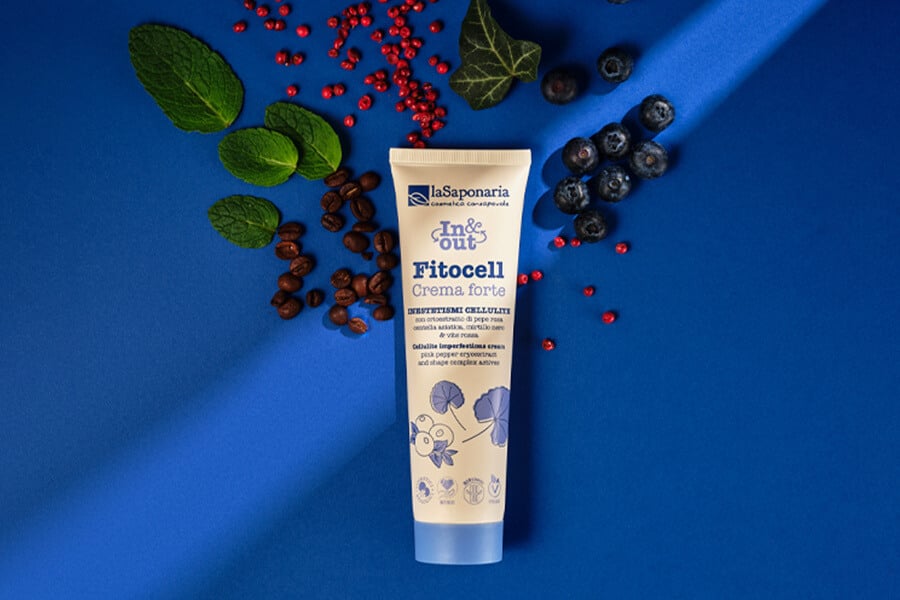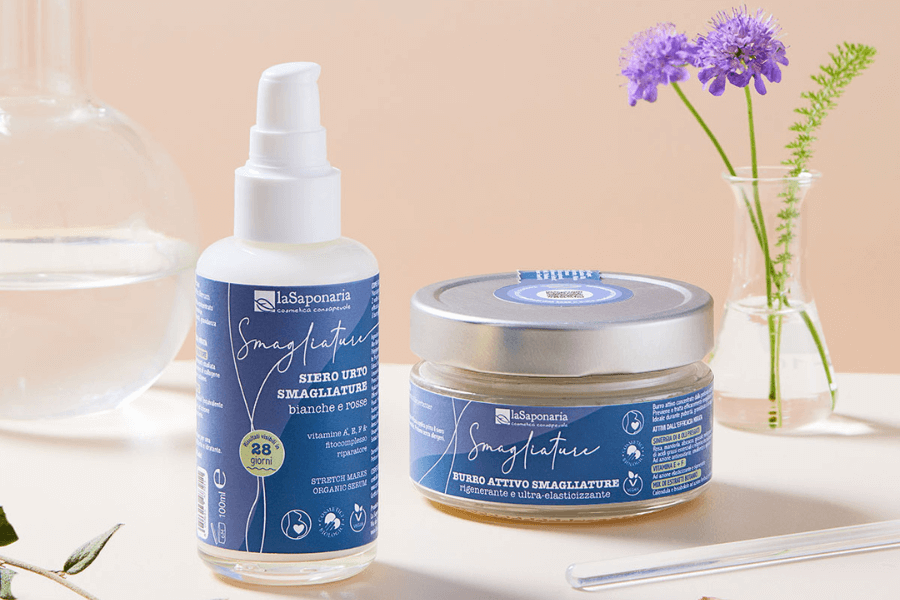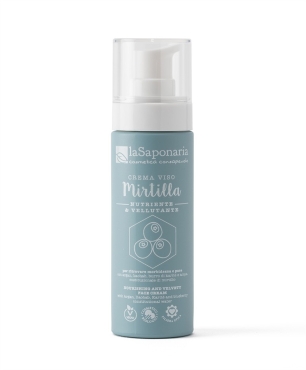Contact Us
- Call us! +390721 911004
- Write a message
- Whatsapp +39 377 3844777
- Become a reseller
- Test and E-book
- Location and contacts
Menu
Menu
-
MenuBack
-
Organic cosmetics
-
-
space
-
-
-
-
-
-
-
Discover your beauty routine
-
-
Skin care
-
Hair care
-
Body Care
- Best Seller
- Routines
-
DIY
-
-
space
-
-
-
-
-
-
PRODUCTION TOOLS
-
-
DOWNLOAD THE RECIPES
-
-
-
Organic library
-
-
BEAUTYBLOG
-
-
-
GLOSSARY
-
-
-
DO-IT-YOURSELF RECIPES
-
-
-
TEST AND E-BOOK
-
-
About us
-
-
space
-
-
-
-
-
PHILOSOPHY
-
-
-
NATURAL COSMETICS
-
-
-
FLAGSHIP STORES
-
-
-
Sustainability
-
-
space
-
-
-
BENEFIT COMPANY
-
-
-
ETHICAL CHAIN
-
-
-
SUSTAINABLE PACKAGING
-
-
-
SUSTAINABILITY IN THE COMPANY
-
-
-
Supported projects
-
NOTICES AND AWARDS
-
-
-
Business Area
-
-
space
-
-
-
OPEN A FLAG SHIP STORE
-
-
-
BECOME A RESELLER
-
-
-
PRIVATE LABEL
-
ACCOMMODATION FACILITIES
-
-
-
RESELLERS LOGIN
-
-
-
Resellers
-
-
RESELLERS RESOURCES
-
-
-
OPEN A FLAGSHIP STORE
-
ACCOMMODATION FACILITIES
-
PROMOTIONAL MATERIAL
-
-
-
RESELLERS NEWS
-
REGISTER YOUR SHOP
-
-
-
REFILL ROLL-ON BIODEOs
-
-
-
HAIR LINE
-
-
- Store locator
Jojoba
SAFE INGREDIENT

INCI NAME:
Simmondsia Chinensis (Jojoba) Seed Oil, Jojoba esters, Simmondsia Chinensis Seed Oil
ORIGIN:
Vegetal
FUNCTION:
Sebum regulator, emollient, anti-aging

This is an automatic translation
Simmondsia Chinensis Seed Oil
Jojoba oil is produced from the seeds of Jojoba, a plant native to Mexico and California. The plant belongs to the Buxaceae family and it is a very long-lived woody shrub (it can even reach 250 years of age!) which reaches surprising heights (up to 7-8 metres) and grows in desert areas, therefore it is also used to temperatures of 60°. It has thick and resistant foliage with a green and bluish color covered with a waxy patina and very small flowers with no white and yellowish petals. The oval-shaped fruits contain up to 3 seeds which enclose a very thick oil, the famous jojoba oil, which is actually a wax with a very thick initial consistency. Initially it appears odorless and with a straw yellow color, while after processing it is transparent. The name jojoba originated from the O'odham population, the Native Americans known as Pima who were the first to enjoy the virtues of this plant. Native Americans used the jojoba plant for its oilseeds with which they treated burns and skin inflammations.
From the food point of view it is not toxic but it is not digestible, for this reason it is used for cosmetic use, after adequate processing it becomes an integral part of many products for the health of our body. It has a very full-bodied texture reminiscent of skin sebum. In fact, it has the same molecular structure and this characteristic explains many of its protective effects for the epidermis. Rich in Vitamin E, B2 and B3 and minerals, it contrasts and soothes skin problems such as psoriasis, dry skin and flaking, acne, itching and eczema. Quickly penetrates the skin, non-greasy and heavy, but leaves a silky and soft feeling. Its continuous use manages to reduce wrinkles on the face and neck. It also has a moisturizing and emollient action, which can help in case of dry and chapped skin. It fights the aging processes of elastin and collagen, this property makes it ideal for irritated, sensitive and dry skin. It has a marked anti-aging action, revitalizing and regenerating the skin in depth. Jojoba oil for hair represents a natural solution to combat the problem of dandruff, split ends, seborrheic dermatitis and to strengthen the hair. Just apply a few drops on the ends, wait a few minutes and then rinse. It can also be applied to already dry hair to make it softer and shinier.
Jojoba esters
Jojoba esters are derived from the hydrogenation of jojoba oil and have great emollient properties.





























